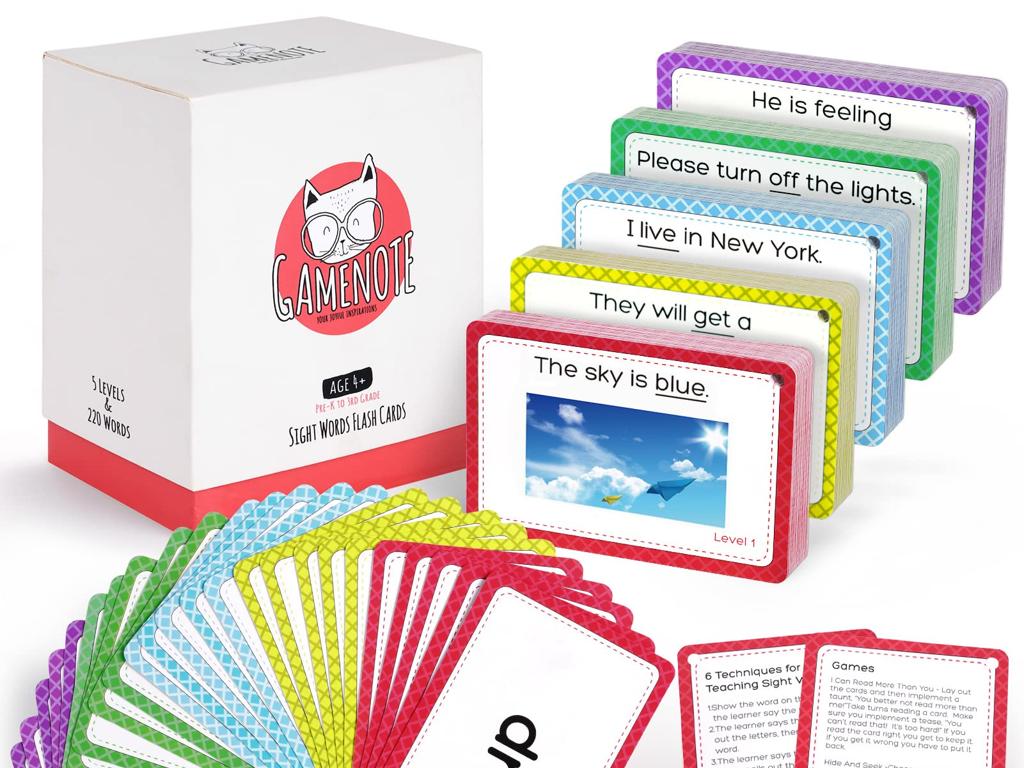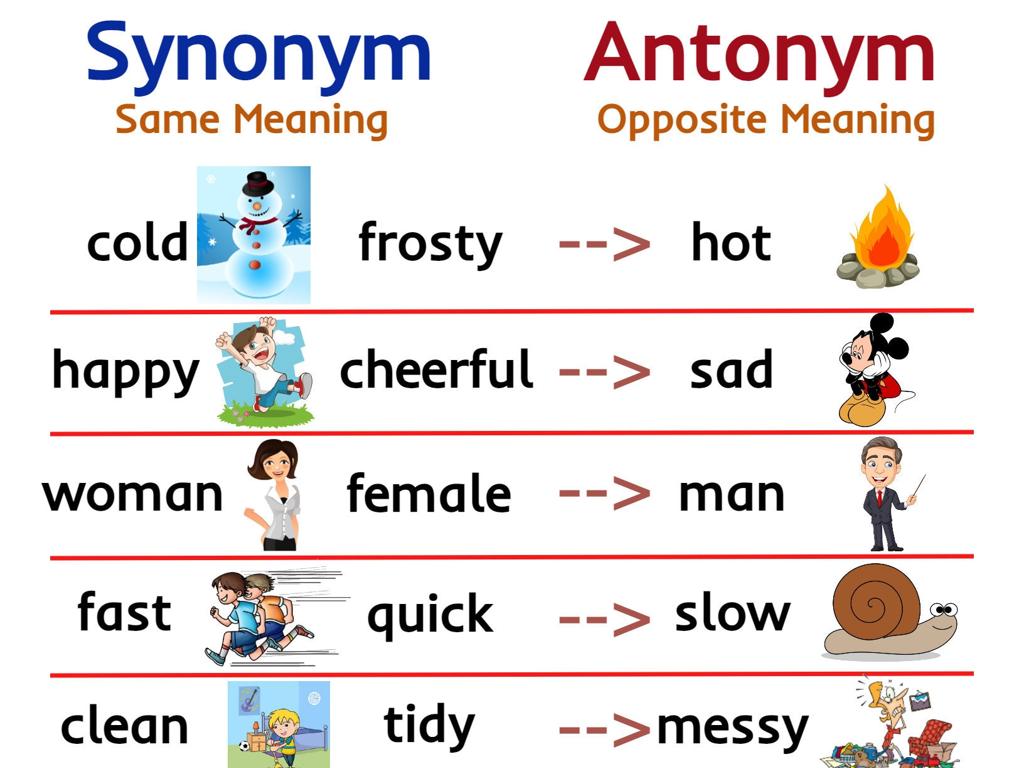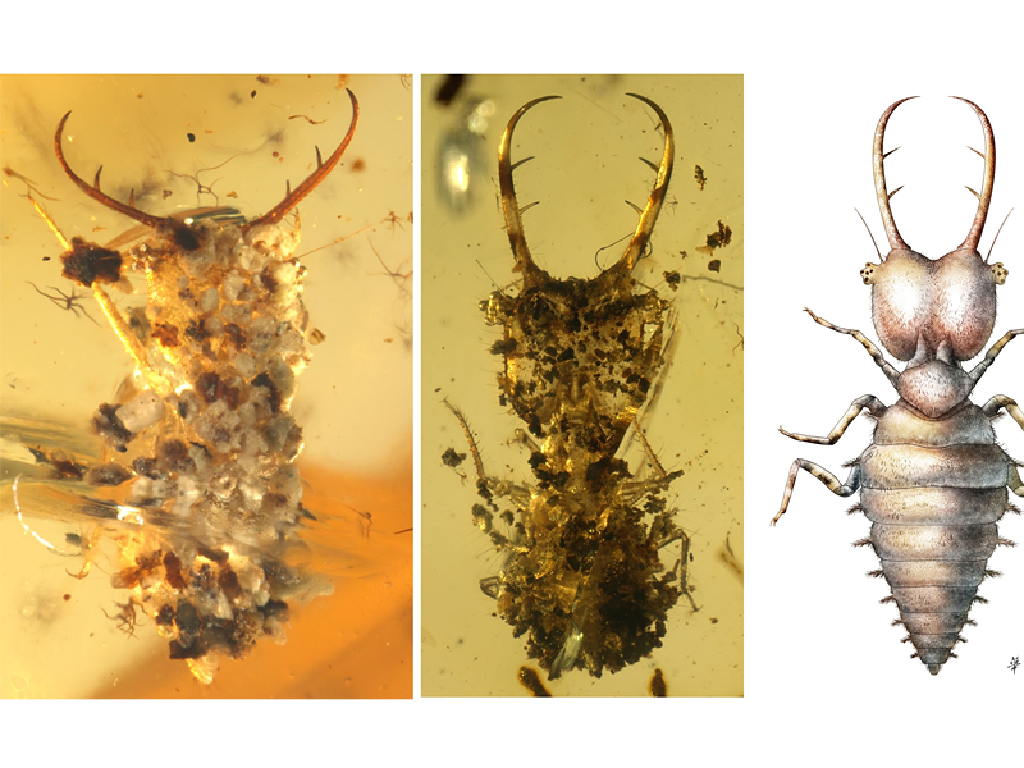Predict Heat Flow
Subject: Science
Grade: Fourth grade
Topic: Heat And Thermal Energy
Please LOG IN to download the presentation. Access is available to registered users only.
View More Content
Understanding Heat Flow
– Heat vs. Thermal Energy
– Heat is energy in transit; thermal energy is the total energy of particles in an object.
– Feeling heat through touch
– We feel heat as the thermal energy moves from a warmer object to our cooler hands.
– Effects of heating and cooling
– Materials expand when heated and contract when cooled.
– Conductors and insulators
– Metals conduct heat well; wood and plastic do not.
|
This slide introduces the basic concepts of heat and thermal energy, aiming to help students differentiate between the two. Heat is the transfer of thermal energy from a warmer object to a cooler one. Discuss how we can feel heat through our sense of touch, and how different materials react to heat differently. Some materials, like metals, are good at transferring heat, while others, like wood and plastic, are not. This is why a metal spoon feels hot quickly when placed in a hot soup, but a wooden spoon does not. Encourage students to think of examples from their daily lives where they experience heat flow, such as feeling the warmth of the sun or touching ice.
Understanding Heat Flow
– Heat as a form of energy
– Energy we can feel, like the warmth from the sun.
– Heat’s effect on temperature
– When things absorb heat, they become warmer.
– Heat transfer from warm to cool
– Heat naturally moves to cooler objects, like a spoon in hot soup.
– Observing heat in everyday life
|
This slide introduces the concept of heat as a type of energy that students can feel, such as when they stand in sunlight or touch a warm object. Explain that heat causes objects to increase in temperature, making them feel warmer. Discuss how heat moves from warmer objects to cooler ones until there is a balance in temperature. Use relatable examples like a melting ice cream or a warm blanket to illustrate heat transfer. Encourage students to think of times they have experienced heat moving from one object to another in their daily lives.
Sources of Heat
– The Sun: Earth’s heat source
– The sun provides warmth and energy to Earth.
– Fire: Heat from combustion
– Burning wood or fuel releases heat energy.
– Stoves/Ovens: Cooking heat
– Electric or gas stoves generate heat for cooking.
– Heat flow in everyday life
|
This slide introduces students to various sources of heat that they encounter in their daily lives. The sun is the primary source of heat for our planet, providing the warmth necessary for life. Fire, resulting from the combustion of materials, is another source of heat that humans have used for millennia. Stoves and ovens are modern appliances that produce heat for cooking food. Understanding these sources helps students grasp the concept of heat flow, which is the transfer of thermal energy from a warmer object to a cooler one. Encourage students to think of other examples of heat sources and how they experience heat flow in their environment.
Understanding Thermal Energy
– Thermal energy defined
– Total energy of particles in motion within an object.
– Particle movement and warmth
– Faster particles mean a warmer object.
– Feeling thermal energy as heat
– We sense thermal energy through the sensation of heat.
|
Thermal energy is a concept that explains how the movement of particles within an object relates to the heat we feel. Begin by defining thermal energy as the total energy of all the moving particles in an object. Explain that the temperature of an object increases as the particles move faster. This is because the particles collide more often, transferring energy in the form of heat. Discuss how we experience thermal energy in our daily lives, such as feeling the warmth of a cup of hot cocoa or the heat from the sun. Use examples that are relatable to fourth graders to help them understand the concept. Encourage students to think of times when they have felt objects getting warmer and relate this to the increase in particle movement.
Predicting Heat Flow
– Heat travels from hot to cold
– Predict heat flow between objects
– Which object is hotter? That’s where heat starts!
– Example: Ice melting in hand
– Your hand is warmer than the ice, so heat flows to the ice.
– Example: Warm mug cooling
– The mug is warmer than the air, so it cools down as heat leaves.
|
This slide introduces the concept of heat transfer, emphasizing that heat moves from warmer objects to cooler ones. Use tangible examples like melting ice in a hand or a cooling mug to illustrate this concept. Encourage students to think about everyday situations where they can observe heat flow, such as feeling the warmth of sunlight or noticing that a popsicle melts faster outside than in the freezer. Discuss with the class how we can predict the direction of heat flow by comparing the temperature of different objects.
Conductors and Insulators
– What are conductors?
– Materials that let heat pass through, like metals
– What are insulators?
– Materials that resist heat flow, like wood and plastic
– Classroom materials: conductors or insulators?
– Predicting heat flow in materials
– Understanding how different materials affect heat flow
|
This slide introduces the concepts of conductors and insulators to the students. Conductors are materials that allow heat to pass through them easily, common examples being metals like copper and aluminum. Insulators, on the other hand, do not allow heat to flow through them easily, examples include wood, plastic, and rubber. For the class activity, have students touch various objects in the classroom to feel which are warmer and which are cooler, and discuss why that might be. Encourage them to think about which materials might be good for keeping things warm or cool. This will help them understand how the material of an object can affect its ability to conduct heat. Provide a list of materials for the teacher to guide the activity, such as metal spoons, wooden pencils, plastic rulers, and styrofoam cups.
Real-Life Examples of Heat Flow
– Using oven mitts for hot pots
– Oven mitts protect our hands from the heat by not letting it pass through quickly.
– Animals with thick fur in winter
– Thick fur traps heat, keeping animals warm even when it’s snowing.
– Wearing hats and gloves in cold
– Hats and gloves keep our body heat from escaping, keeping us warm.
– Understanding heat flow
|
This slide aims to help students understand the concept of heat flow through relatable examples. Discuss how oven mitts are designed to insulate our hands from the high temperatures of pots and pans, just like insulation in a house. Explain how animals adapt to cold environments with thick fur that keeps their body heat from escaping. Relate to the students’ own experiences of wearing hats and gloves in the winter to stay warm by preventing heat loss from their bodies. Emphasize that these examples show how heat moves from warmer to cooler places and how we can control it with certain materials or behaviors.
Class Activity: Observing Heat Flow
– Conduct a heat flow experiment
– We’ll use warm and cold water with food coloring to see how heat moves.
– Predict the outcome of mixing
– Think about what might happen when warm water meets cold water.
– Observe the color changes
– Watch how the food coloring moves in the water. Does it spread out faster in warm or cold water?
– Discuss our observations
– Why did the food coloring move the way it did? Let’s talk about it!
|
This slide introduces a hands-on activity to help students understand heat flow. Provide each student or group with two containers, one with warm water and one with cold water, and different colored food coloring. Before mixing, ask students to predict what will happen when the warm and cold water are combined. Will the food coloring in the warm water spread out faster than in the cold? After the experiment, facilitate a discussion about their observations. How did the temperature affect the movement of the food coloring? This activity will visually demonstrate how heat can move through water, reinforcing the concept of heat flow.
Conclusion: Understanding Heat Flow
– Recap of heat and thermal energy
– Predicting heat flow
– Using temperature difference to predict direction
– Heat flows from warm to cool
– Like a cup of hot cocoa cooling down
– Importance of heat flow
– Heat flow affects weather, cooking, and more
|
Today, we’ve learned that thermal energy is the total energy of all the particles in an object. We’ve explored how heat, which is the transfer of thermal energy, always moves from a warmer object to a cooler one until both objects reach the same temperature. To predict heat flow, we look at the temperature of objects: heat will flow from the object with a higher temperature to the object with a lower temperature. We’ve seen this in practical examples like a cup of hot cocoa cooling down to room temperature. Understanding heat flow is important because it helps us grasp concepts related to weather patterns, cooking food, and even designing homes and clothing for different climates. For homework, students can find examples of heat flow at home or in nature and describe the process, reinforcing today’s lesson.






